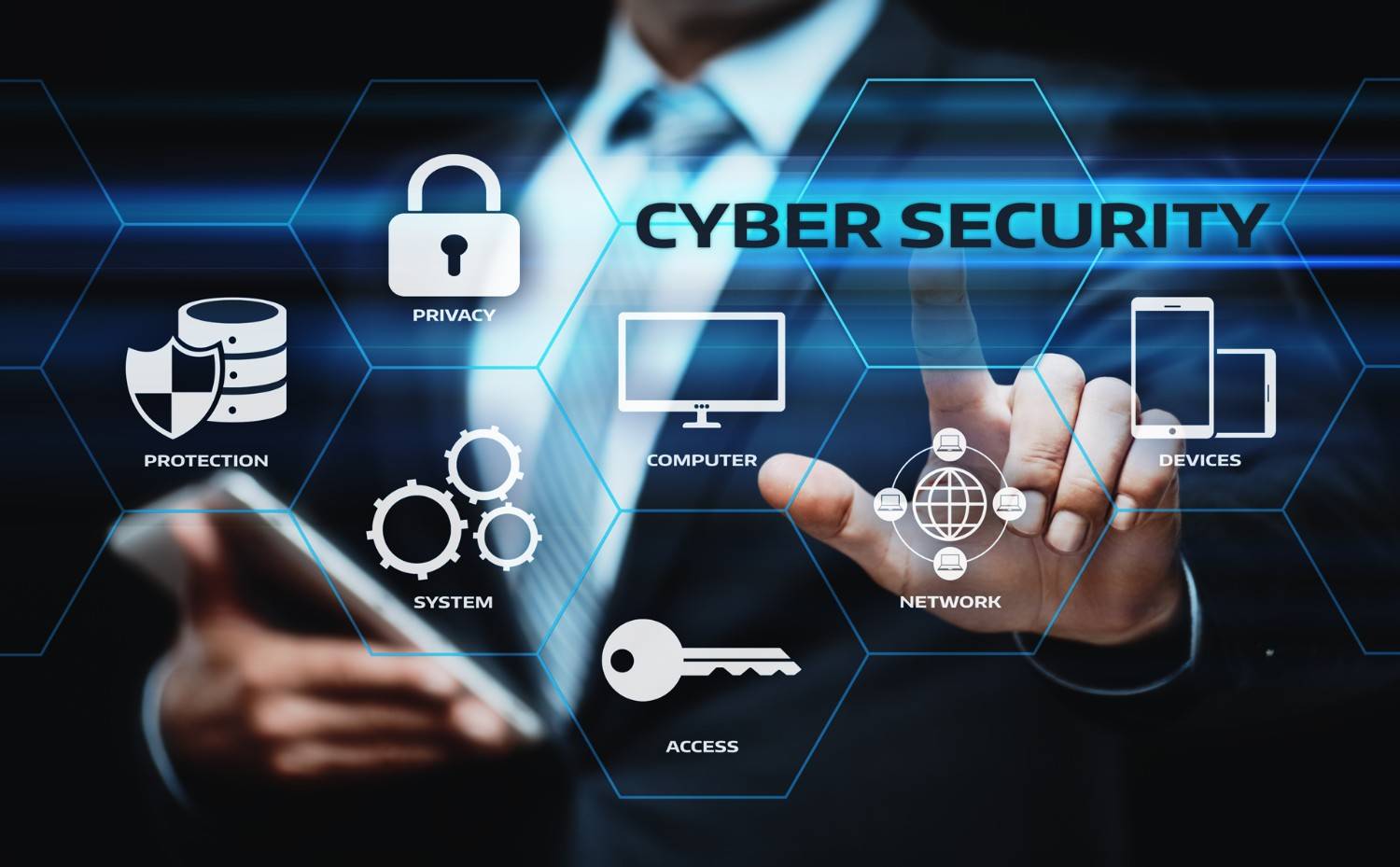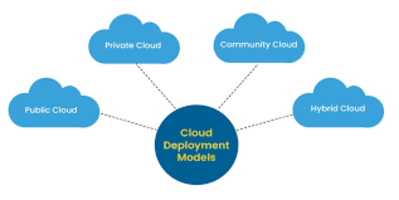In an era marked by ever-evolving cyber threats, the role of artificial intelligence (AI) in fortifying our digital defenses has never been more crucial.
From predictive analytics to automated threat detection, AI is revolutionizing cybersecurity, reshaping how organizations mitigate risks and safeguard sensitive data.
Join us as we delve into the transformative potential of AI in combating cyber threats and shaping the future of cybersecurity as we know it.
Understanding AI and Cybersecurity
At its core, AI refers to the mechanical simulation of human intelligence processes, enabling them to learn from data, recognize patterns, and make decisions with minimal human intervention. In cybersecurity,
AI technologies are revolutionizing traditional defense mechanisms, enhancing detection capabilities, and bolstering response times.
One of AI’s key advantages in cybersecurity lies in its ability to analyze vast amounts of data at unprecedented speeds, enabling organizations to identify and respond to threats in real time.
Machine learning algorithms can sift through massive datasets to detect anomalies and identify patterns indicative of malicious activity, strengthening defenses against cyberattacks.
Additionally, AI-powered systems can adapt and evolve over time, continuously improving their ability to detect and mitigate emerging threats.
By automating processes such as threat detection, incident response, and vulnerability management, organizations can significantly reduce the likelihood of human error and mitigate the impact of cyber threats more effectively.
The Role of AI in Cybersecurity
Artificial Intelligence (AI) has emerged as a game-changer in cybersecurity, offering innovative solutions to combat the growing sophistication of cyber threats.
AI in Predictive Analysis
AI plays a pivotal role in predictive analysis by leveraging advanced algorithms to analyze vast amounts of historical data, identify patterns, and make accurate predictions about future outcomes.
AI-powered predictive analytics models can forecast trends, detect anomalies, and anticipate potential risks or opportunities by processing data from various sources in real time.
This enables organizations to make informed decisions, optimize resource allocation, and proactively address challenges before they arise, ultimately enhancing efficiency, mitigating risks, and driving business success.
AI in Cyber Threat Hunting
AI plays a pivotal role in cyber threat hunting by leveraging advanced algorithms and machine learning techniques to identify and mitigate potential threats proactively.
It empowers cybersecurity professionals to analyze vast amounts of data, including network logs, user behavior, and system activity, to detect anomalies and patterns indicative of malicious activity.
AI-driven threat hunting enables organizations to stay ahead of cyber adversaries by uncovering hidden threats, minimizing dwell time, and mitigating the impact of cyberattacks, thus enhancing overall security posture.
AI in Security Operations Centers
In Security Operations Centers (SOCs), AI enhances threat detection and response capabilities. AI-powered technologies, such as machine learning and behavioral analytics, enable SOCs to analyze vast amounts of security data in real time, identifying anomalies and potential threats more efficiently than traditional methods.
AI can automate routine tasks, augmenting human analysts’ capabilities by providing actionable insights and prioritizing alerts for investigation.
By leveraging AI in SOCs, organizations can strengthen their cybersecurity posture, mitigate risks, and respond swiftly to emerging threats in an increasingly complex landscape.
User Authentication with AI
User authentication with AI is critical in enhancing security by providing robust identity verification mechanisms.
AI-powered authentication systems leverage machine learning algorithms to analyze user behavior, device information, and contextual data to establish a unique digital fingerprint for each user.
This enables organizations to detect and prevent unauthorized access attempts more effectively while minimizing friction for legitimate users.
By continuously learning from user interactions, AI authentication systems can adapt to evolving threats and dynamically adjust authentication requirements to ensure secure access to sensitive resources.
Advanced Threat Detection with AI
AI-powered threat detection identifies and mitigates sophisticated cyber threats in real-time.
By leveraging machine learning algorithms and behavioral analytics, AI can analyze vast volumes of data to detect anomalies and patterns indicative of malicious activity.
Unlike traditional signature-based approaches, AI-driven threat detection can adapt and evolve to detect emerging threats, minimizing false positives and enhancing organizations’ overall security posture.
This proactive approach enables cybersecurity teams to respond swiftly to threats, mitigating potential damage and safeguarding critical assets from sophisticated cyber attacks.
Challenges and Opportunities
The integration of AI in cybersecurity presents both challenges and opportunities. Challenges include the risk of AI-powered attacks, such as adversarial attacks exploiting AI vulnerabilities, and the ethical considerations surrounding AI-driven decision-making in security.
Additionally, the shortage of skilled professionals proficient in AI and cybersecurity poses a significant hurdle.
However, AI also offers opportunities to enhance threat detection, automate tasks, and improve incident response.
Leveraging AI can empower organizations to stay ahead of evolving threats, streamline security operations, and mitigate risks more effectively in the digital landscape.
Future Trends and Innovations
Future trends and innovations in AI for cybersecurity are poised to reshape the landscape of digital defense. Anticipated advancements include:
- Predictive Analytics: AI will increasingly predict and prevent cyber threats by analyzing vast datasets and identifying potential vulnerabilities before they are exploited.
- Autonomous Security Systems: AI-driven autonomous security systems will detect, analyze, and respond to cyber threats in real-time, reducing reliance on human intervention.
- Explainable AI: Enhanced transparency and interpretability in AI models will enable cybersecurity professionals to understand better and trust AI-driven decision-making processes.
- Privacy-Preserving AI: AI algorithms will be developed with privacy-preserving techniques to protect sensitive data while benefiting from AI-driven insights.
- Cyber AI Platforms: Integrated cyber AI platforms will consolidate various AI-driven cybersecurity solutions into comprehensive, centralized platforms for improved management and efficiency.
- Adversarial Machine Learning Defense: AI-driven defense mechanisms will be developed to counter adversarial attacks aimed at subverting AI algorithms.
- AI-Powered Threat Hunting: AI will facilitate proactive threat hunting by continuously analyzing network behavior and identifying potential threats before they escalate.
- Quantum Computing Defense: AI will play a crucial role in developing robust cybersecurity defenses capable of mitigating threats posed by quantum computing advancements.
These trends signify a paradigm shift in cybersecurity, where AI-driven innovations will play a central role in safeguarding organizations against evolving cyber threats.
Choose ACT for Advanced Cybersecurity Services
Protect your business with cutting-edge cybersecurity solutions from ACT. Our expert team specializes in defending against cyber threats, ensuring your data and systems remain secure.
Stay ahead of evolving risks and safeguard your business with our comprehensive cybersecurity services. Contact us today for a safer tomorrow.
Also Read – 9 Cyber Security Tips For Your Small Business
FAQ's
A help desk typically resolves technical issues such as password resets, software installations, connectivity problems, and troubleshooting hardware or software malfunctions.
Help desk technicians typically possess entry to mid-level technical expertise, with strong problem-solving skills and knowledge in troubleshooting common hardware and software issues.
IT support teams are best suited for resolving technical issues and assisting with IT service management and user requests.
IT support specialists need more advanced technical knowledge to troubleshoot complex issues and provide comprehensive support to users effectively.
The role of the IT support desk is to provide technical assistance and troubleshooting for users encountering issues with hardware, software, or network systems.





